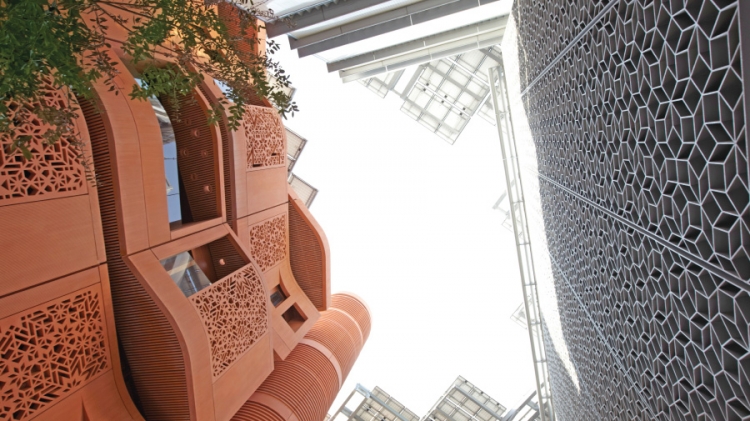
By Dr Zeyar Aung
The buildings of the future will not be simple shell structures. They will be integrated with the cutting edge of computing and operation-management technologies to help them use resources as efficiently as possible.
A crucial component to such smart buildings is load forecasting, which is used by utilities to anticipate how much power they will need to supply.
The ability to accurately predict power loads can help urban planners and building operators plan ahead for the energy demand against the available supply. Since residential and commercial buildings constitute the biggest chunk of a nation’s primary energy consumption – about 40 per cent – forecasting and managing their energy use plays a vital role.
Load can be predicted by combining historical data with information on the type of building, the weather, and so on. That allows engineers to predict its likely energy load anywhere from 10 minutes to a day from now. And that helps urban planners and building operators to conserve energy, and to integrate renewable energy. More broadly, it can help utilities ensure the entire power grid stays stable.
Load forecasting can be employed in conjunction with mechanisms to reduce energy use at times of peak demand, and to maximise the use of energy at times when demand is lowest.
It can also be used to spot problems. If the actual use is wildly different from the projection, it is likely something is wrong with the building’s power system. And it can help building owners plan when to sell excess renewable energy back to the grid and when to charge electric vehicles. All these actions can ultimately help make a building more sustainable and energy efficient to run – and cheaper.
An ongoing Masdar Institute and Siemens AG research project is using statistical and machine learning techniques to develop computational models for load forecasting in three situations.
They are: basic load forecasting (for buildings with traditional electricity usage), dynamic load forecasting (for buildings with thermal loads and/or renewable energy generators such as roof-top solar installation), and comprehensive load forecasting (for buildings in a modern smart environment that involves high-capacity batteries, chilled beams – a type of air conditioning system that relies on convection of cooled air – and electric vehicles).
As the number of smart buildings being built in Abu Dhabi and the UAE increases, this research will help further test and perfect our smart building functions. The findings can then be used in new smart buildings, helping to conserve the UAE’s energy.
Load-forecasting tools can also be used to help integrate renewable energy, which will contribute to Abu Dhabi’s goal of getting 7 per cent of its energy from renewable sources by 2020.
The data this project collects can also be used by the government to create building guidelines to ensure all structures are efficient and sustainable. The unique intellectual capital it develops will be useful for the design and construction of smart buildings across the world. Global spending on outsourced smart building services including data acquisition and analytics is expected to grow from $291 million this year to $1.1 billion by 2020. And a slice of that could be a very useful additional revenue stream for Abu Dhabi’s diversified knowledge economy.
Dr Zeyar Aung is an assistant professor of computing and information science at the Masdar Institute of Science and Technology.
http://www.thenational.ae/news/uae-news/technology/the-in-house-brains-behind-abu-dhabis-latest-smart-buildings






